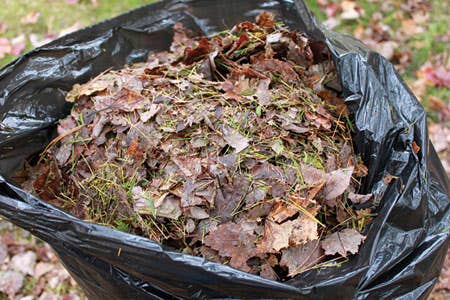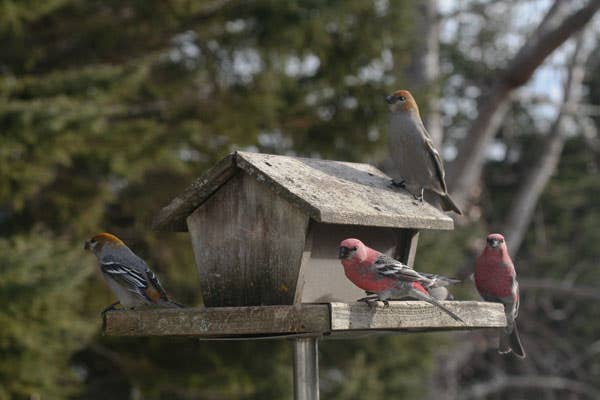Two Spotted Spider Mites
This pest attacks indoor plants as well as outdoor plants during hot, dry summers.
NAME: Two Spotted Spider Mite (Tetranychus urticae)
BIOLOGY: This nearly microscopic arachnid is the principal mite pest of indoor plants. Sometimes called red spider, the tiny, half-millimeter, yellow, green or orange mites suck sap out of plant cells.
Males are less common than females, which can lay 50–200 eggs. Mites in immature stages have six or eight legs and complete development in as few as ten days. Population buildup is rapid under typical indoor conditions of high heat and low humidity. They also can become a problem outdoors during hot, dry summers.
SYMPTOMS: Look for tiny, pale stipples on the leaves where the mites have sucked out the plant sap. Heavily infested plants will be covered with fine webbing. Unchecked, mite infestations can lead to bronzing of foliage and premature leaf drop. To check for mites, shake a leaf over a piece of white paper and look for moving specks the size of a period.
CONTROLS: Spider mite infestations are easier to prevent than treat. Most insecticides are ineffective because mites are not insects.
The first line of defense is prevention. Watering or misting the foliage regularly will dislodge and kill mites and help to prevent buildup. Drought stress favors mites, whereas ample moisture and high humidity decrease mites' feeding. Also be sure to quarantine newly acquired plants until you have examined them carefully with a 10-15x hand lens, particularly on the underside of leaves. If a plant is found to be infested, the best treatment is with insecticidal soap. Repeat applications may be necessary. Spider mites on plants growing outdoors can be treated with summer horticultural oil or the systemic Ortho Isotox Insect Killer Formula IV (acephate + fenbutatinoxide).







